All hail the compact new Renault Twingo E-Tech – the city car is back in style
Renault continues to pay homage to its heritage by combining it with 21st-century technology. The new Twingo E-Tech is another winner

Strictly speaking, this is generation four of the Twingo. The name carries such resonance because of the impact of the very first Twingo, which debuted back in 1993. Evolving out of Renault’s desire to create an ultra-compact minivan-style successor to the long-running Renault 4, various ideas were kicked around throughout the 1980s, including the W60 concept by Lamborghini designer Marcello Gandini.

Renault Twingo E-Tech electric in Diamond Black, Mango Yellow, Absolute Red and Absolute Green
Following a successful concept overseen by long-serving Renault designer Jean-Pierre Ploué, under the direction of Renault’s then design leader, Patrick Le Quément, a production car was shaped, retaining the one-box shape, four-square stance, deliberate cute ‘froggy’ headlights and an interior trimmed in bold 1980s colours and fabrics. In October 1992, the Twingo – a name that blends three dances, Twist, Swing and Tango – made its debut at the Paris Auto Show.

The new Renault Twingo E-Tech electric
The UK never got a right-hand-drive version of Twingo I, but the car was a big hit in France and the rest of Europe. Simultaneously stripped down and rich with invention, the interior was like stepping into a piece of Memphis furniture.
The design was avant-garde but also hugely popular, a trick that Le Quément pulled off time and time again during his time at Renault (with only a few notable disasters).
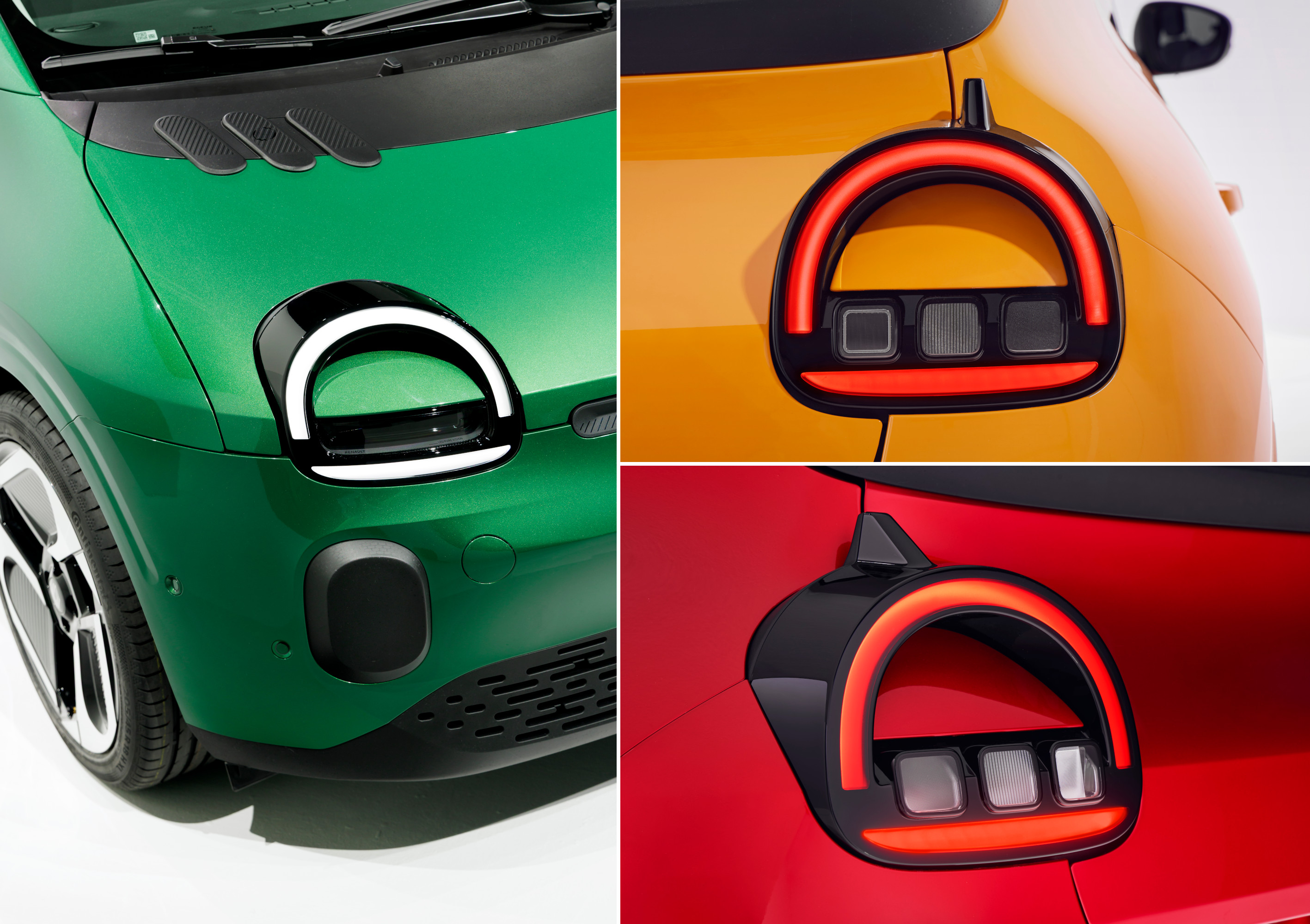
The lights evoke the spirit of the original
Some 2.6 million examples of the Twingo I were made, with the last rolling off the line of a factory in Colombia in 2012. Meanwhile, Twingo II debuted in 2007 and almost immediately the magic was gone. Larger and more generic, it no longer had the individual flair of the original. There were occasional pockets of brightness, like the sporty Renault Twingo RS Gordini edition, but the design lacked spark.
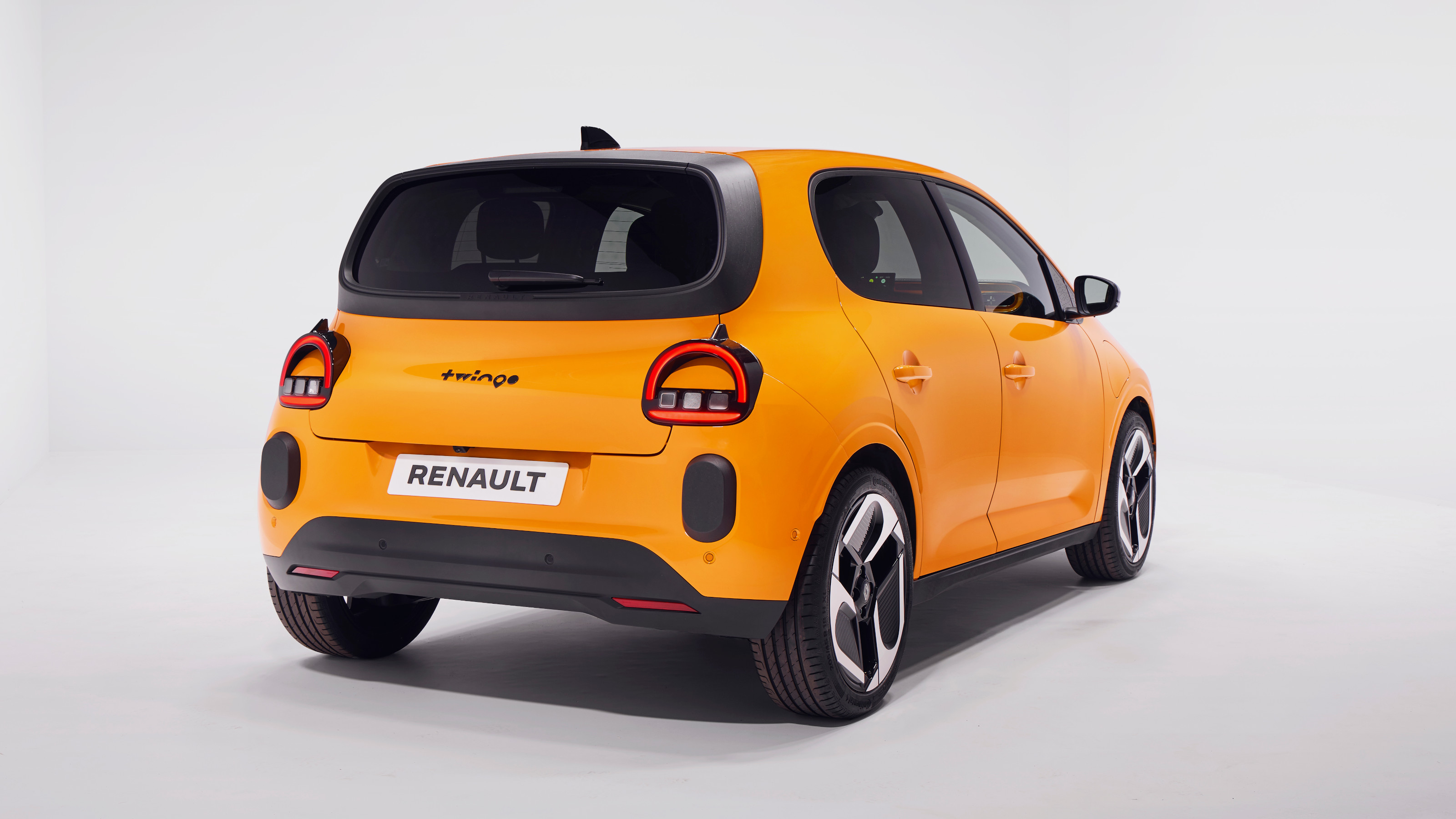
Renault Twingo E-Tech electric in Mango Yellow
With the Twingo III, Renault made a concerted effort to revive the spirit of the original. Co-developed with Daimler, which used the same platform to underpin the Smart ForFour, the little four-door had an engine in the rear, which didn’t help the interior packaging. It was characterful, however, and also formed the basis of Renault’s second-ever electric car, the Twingo Z.E.
Renault Twingo E-Tech will be for sale in 2026
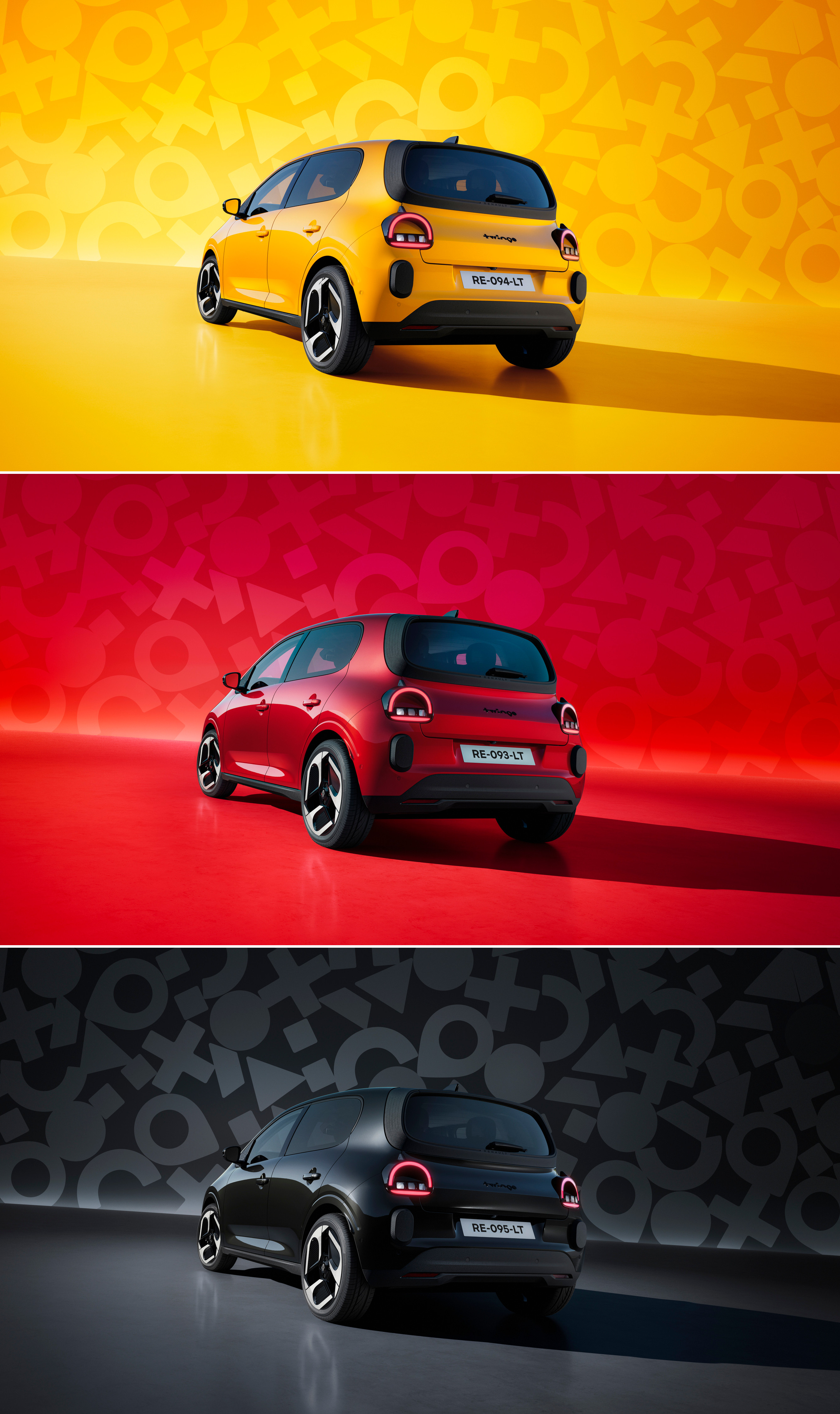
Renault Twingo E-Tech electric in Mango Yellow
Now we have Twingo IV, revealed this week ahead of global sales starting in 2026. The first thing to note is that this isn’t just an unashamed revival of the qualities and character of the original, but also a validation of the commercial potential of ultra-compact, so-called A-segment, electric city cars.
Receive our daily digest of inspiration, escapism and design stories from around the world direct to your inbox.
Renault wants the new car – previewed with last year’s Twingo Concept – to be available for less than €20,000, although there will be plenty of opportunities to accessorise and specify way above that mark.
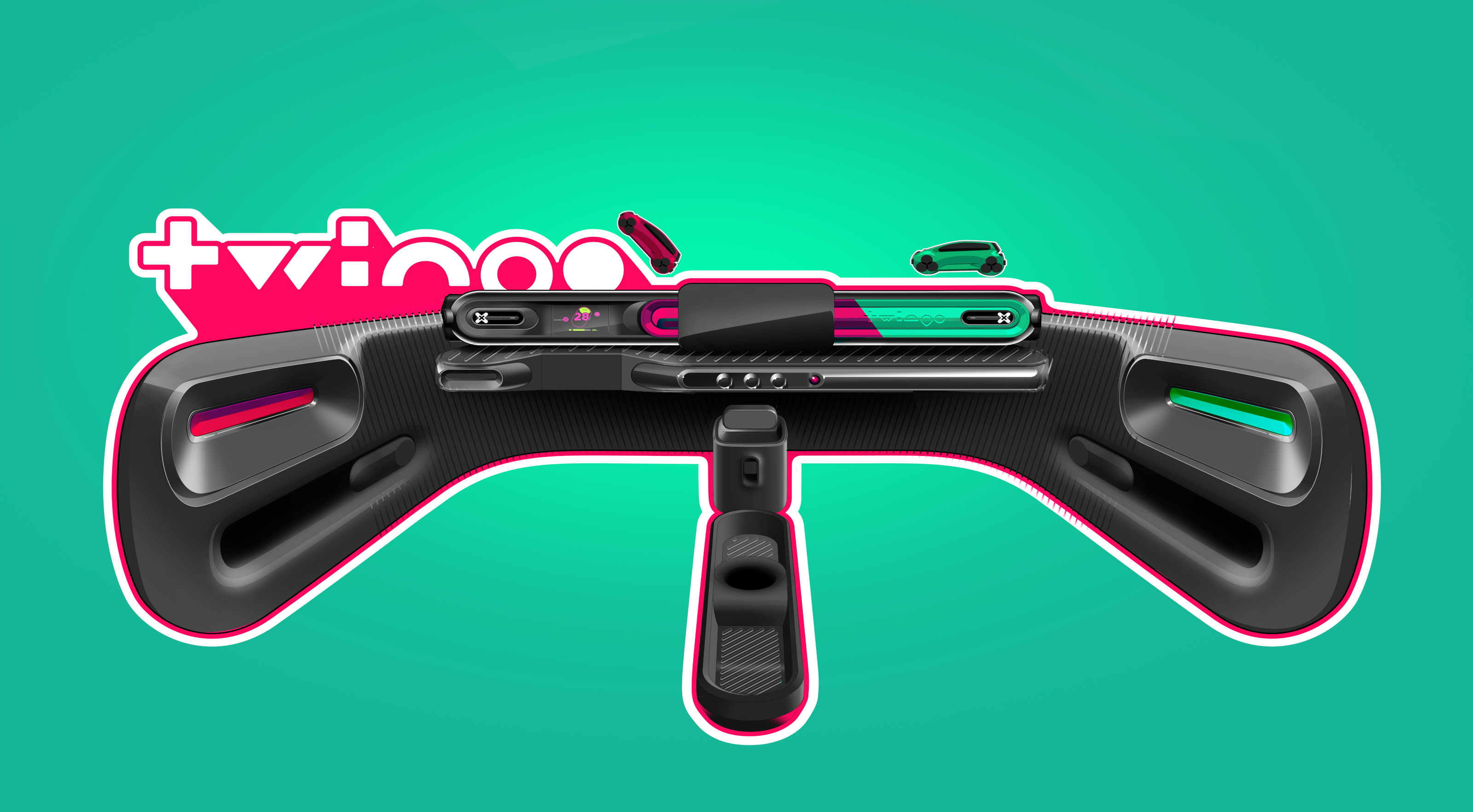
A design sketch of the Renault Twingo E-Tech dashboard

The interior of the new Renault Twingo E-Tech electric
Inside and out, the new Twingo pays homage to the original. The colour palette is more 2020s tasteful than 1990s nostalgic, but flexible design features, like the sliding rear seats and removable accessories, are both playful and practical. The clearest nods to the 1990s are the LED head and taillights, along with the one-box silhouette. Dimensionally, although the new car is 3.8m long versus 3.4m for the original (and 1.7m wide versus 1.6m), it still counts as a compact in today’s bloated marketplace.
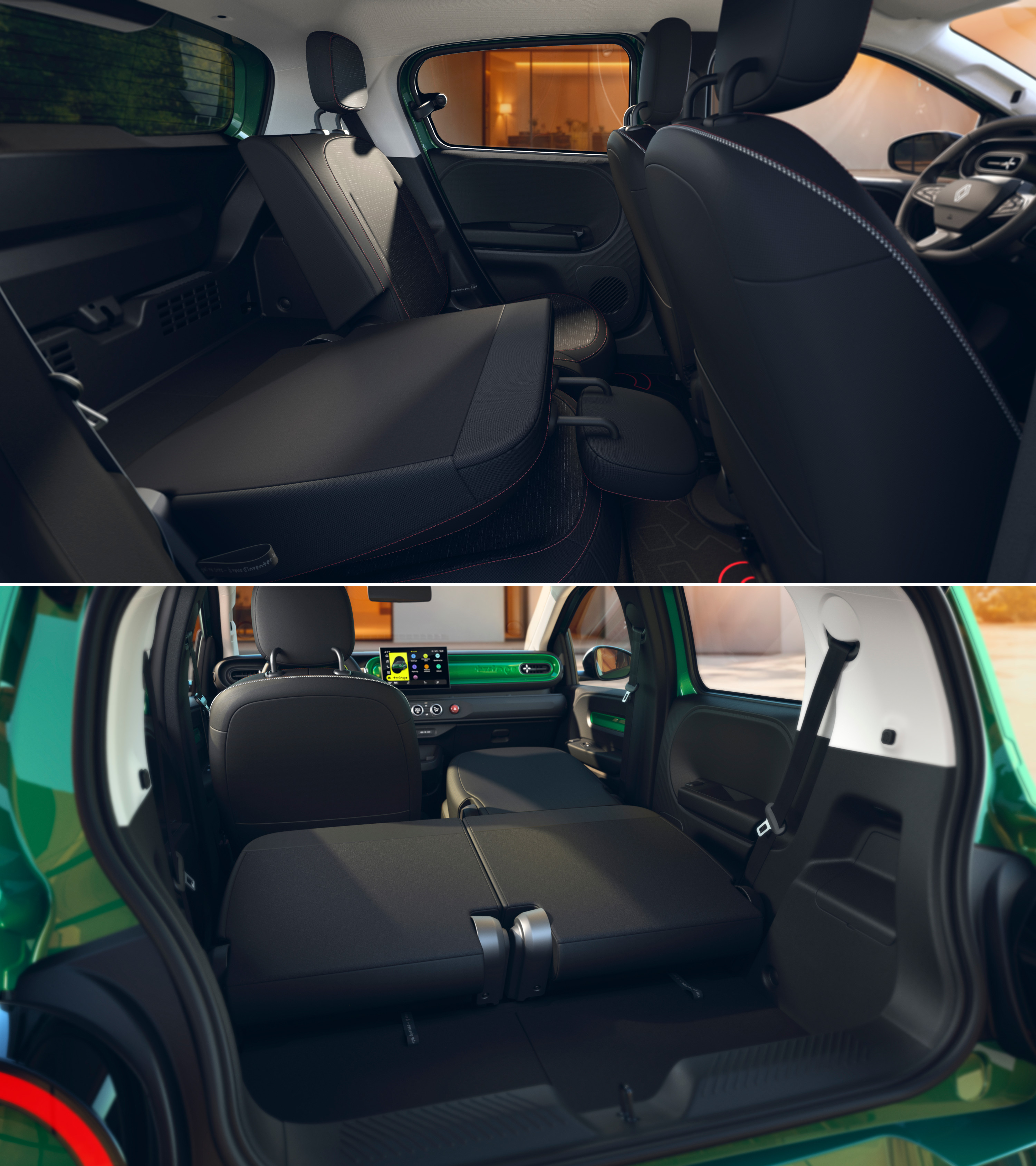
The new Twingo has a flexible interior
The purity of that first Twingo can be seen in Sabine Marcelis’ art car, created as part of the company’s drive to remind modern minds of its past city car glories, ahead of the release of the E-Tech 4, 5 and Twingo models.
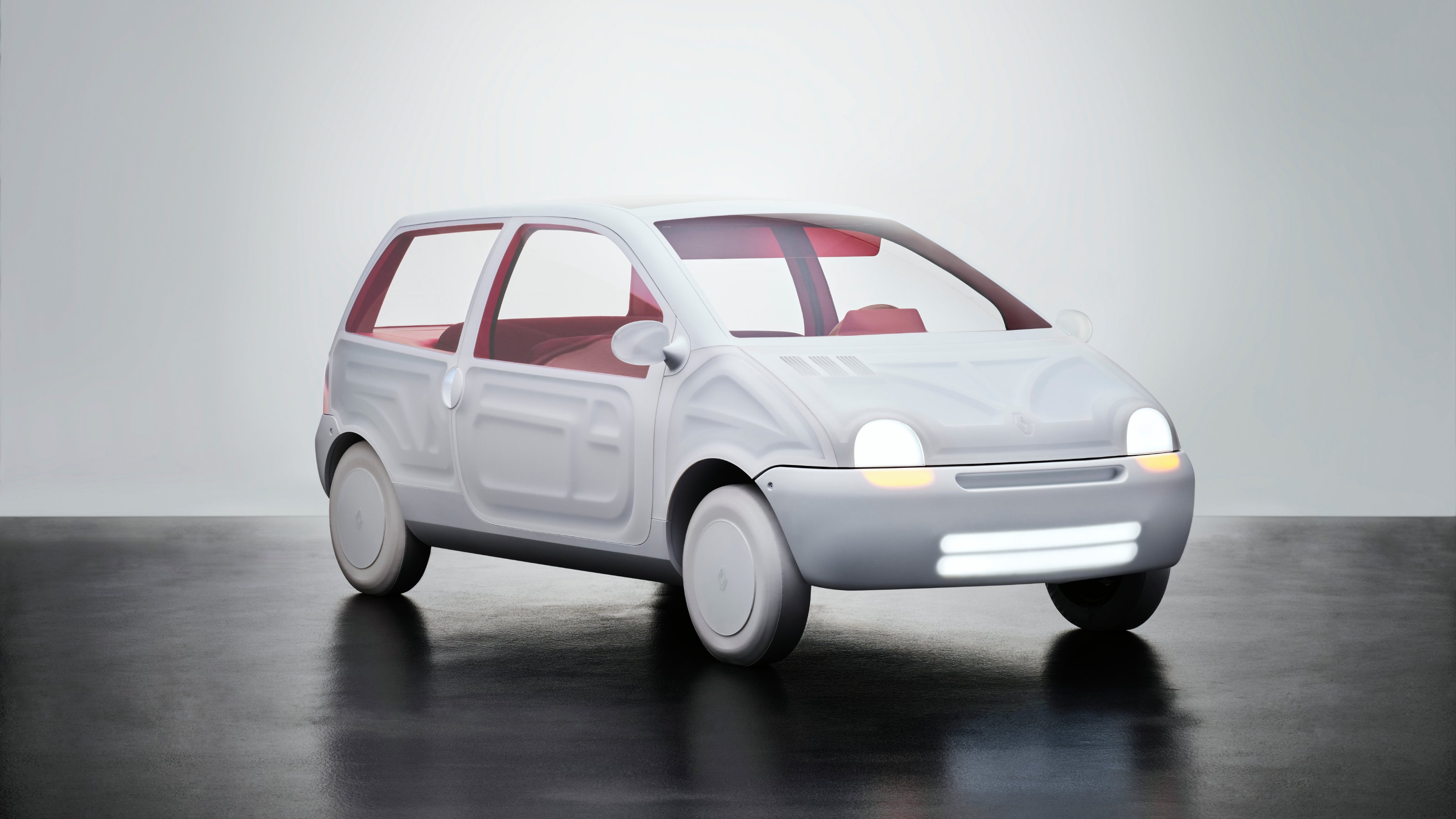
Time has shown it to be a successful strategy; while Peugeot and Citroën are dancing delicately around the idea of raiding their much-loved back catalogues for ideas, Renault has thrown caution to the wind and gone all-in.

Pops of colour are found all round the interior
The new Twingo E-Tech electric completes the trifecta of compact EVs that began with the best-selling Renault 5 and continued with the Renault 4. Call it 1990s nostalgia if you like, but the Twingo looks like another hit along Renault’s road to revival.
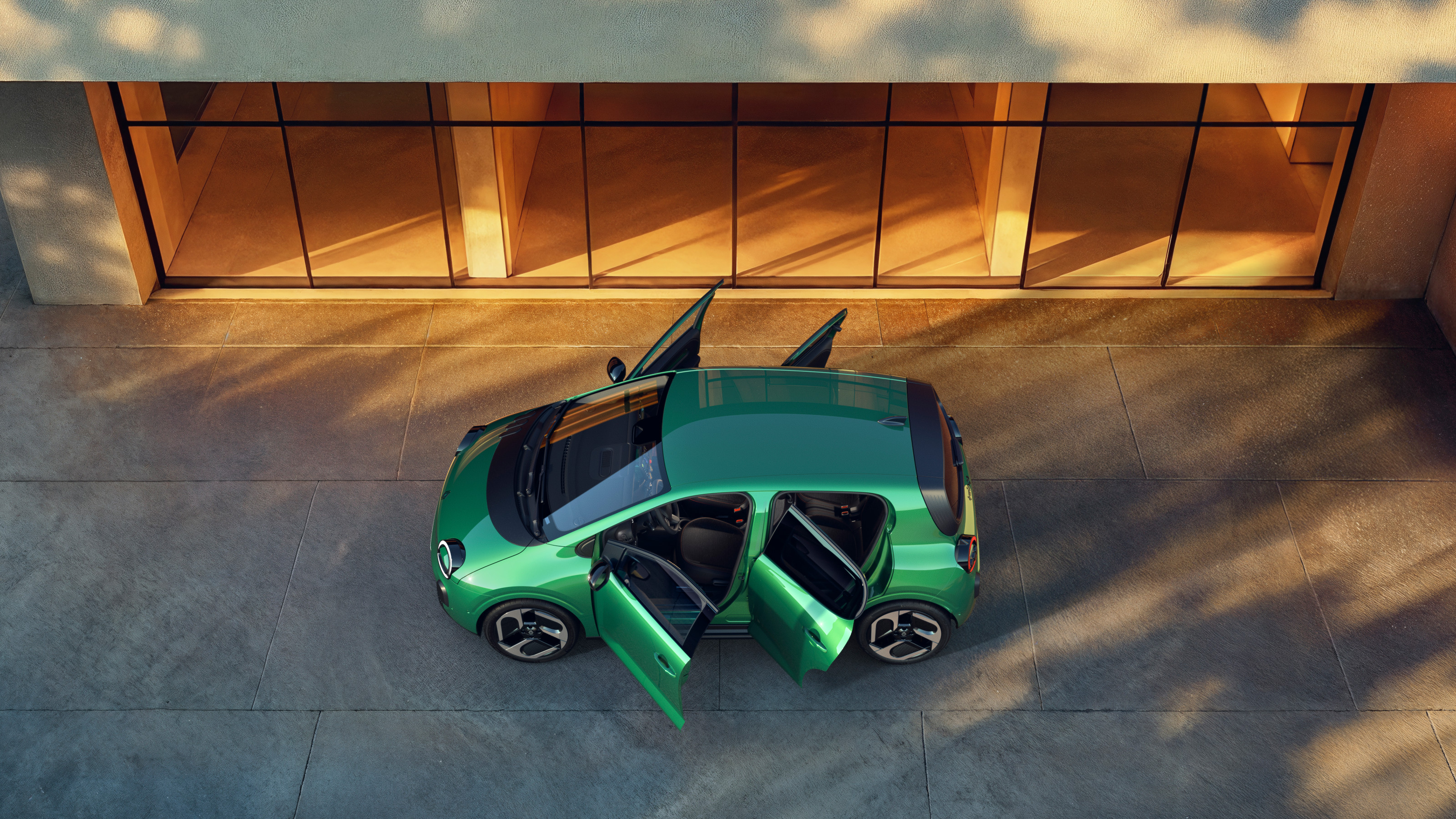
Renault Twingo E-Tech electric
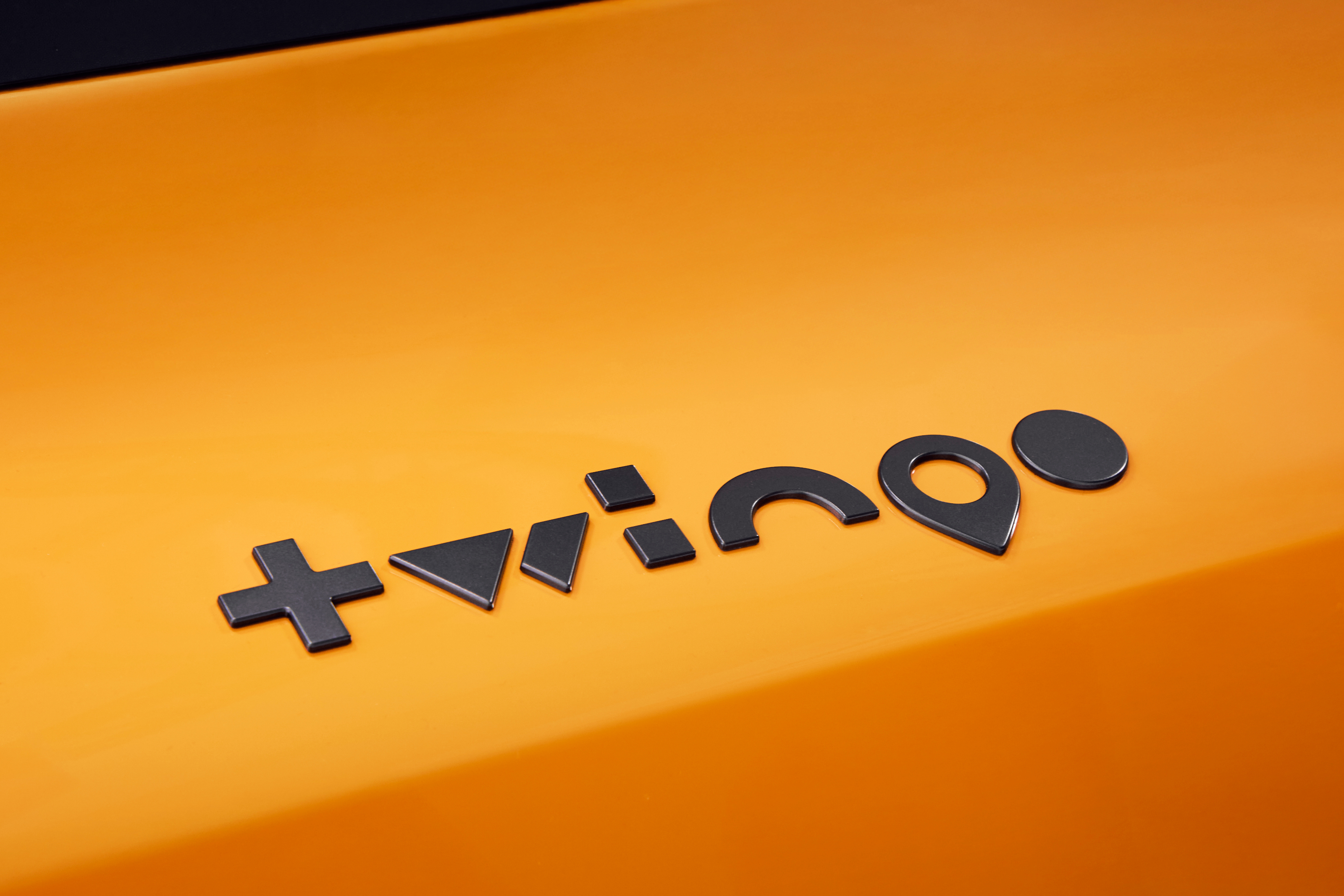
Renault Twingo logo
Renault Twingo E-Tech electric, more information at Renault.co.uk
Jonathan Bell has written for Wallpaper* magazine since 1999, covering everything from architecture and transport design to books, tech and graphic design. He is now the magazine’s Transport and Technology Editor. Jonathan has written and edited 15 books, including Concept Car Design, 21st Century House, and The New Modern House. He is also the host of Wallpaper’s first podcast.
-
 A breathtaking exhibition celebrating modernism’s transatlantic ties soars above Manhattan
A breathtaking exhibition celebrating modernism’s transatlantic ties soars above ManhattanCurated by interior designer Andre Mellone, 'Crossed Trajectories' at Galerie Gabriel's penthouse explores connections between nomadic post-war creatives Jean Royère, Roberto Platé and more
-
 Sculptural, design-led napkin rings for festive tables
Sculptural, design-led napkin rings for festive tablesThe simple napkin ring harbours the potential to bring a stylish punch of personality to any table setting
-
 How Peter Saville came to art direct the best of contemporary culture
How Peter Saville came to art direct the best of contemporary cultureFrom Peter Saville's first steps with Factory Records and legendary album designs to his later work in art and fashion: we chart the history of the British art director
-
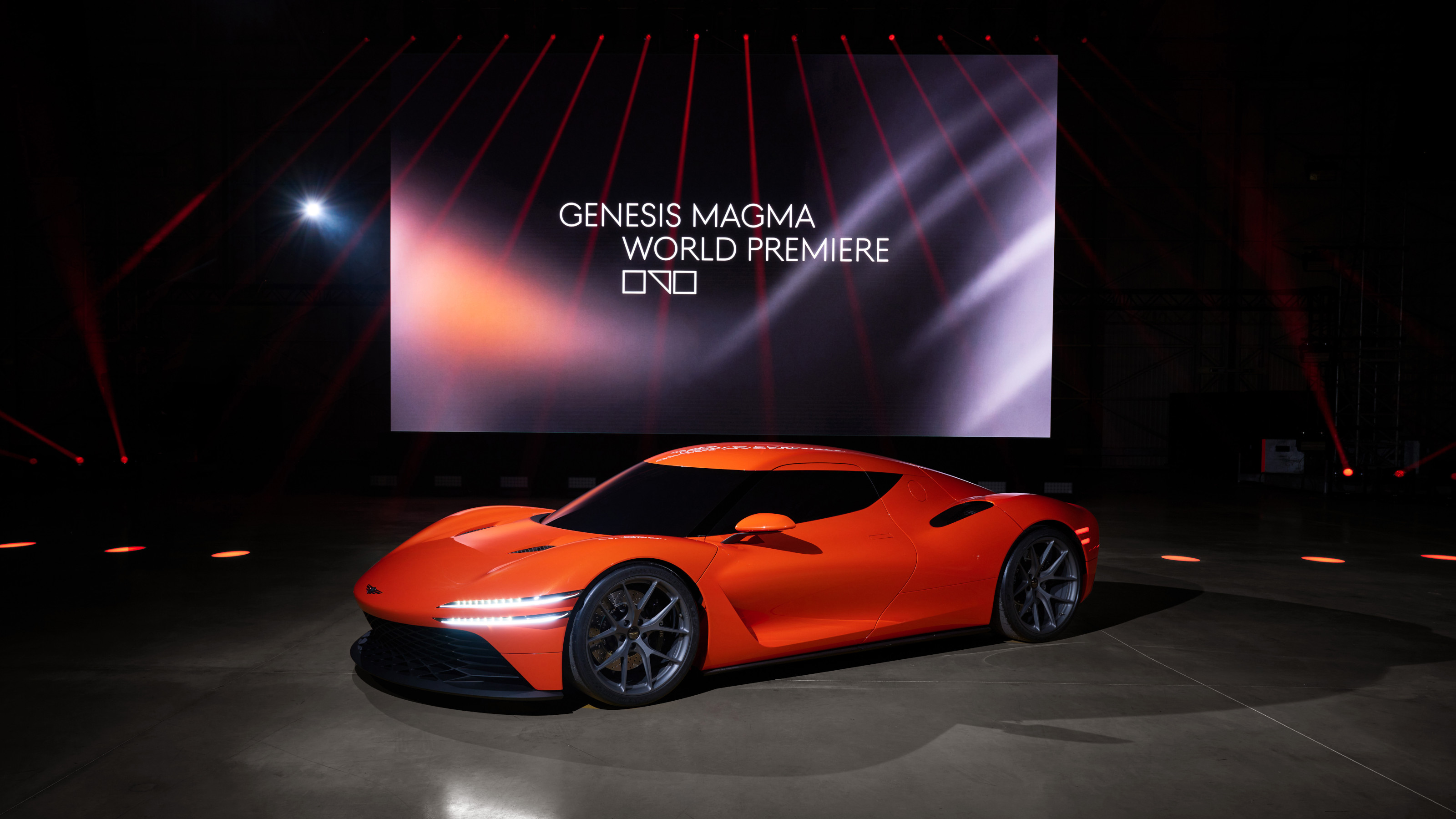 Genesis turns up the heat with its new Magma performance sub-brand
Genesis turns up the heat with its new Magma performance sub-brandGenesis has revealed the hot new GV60 Magma and striking Magma GT Concept in its quest to own luxury performance
-
 Around London in sybaritic silence with the majestic all-electric Lunaz Phantom V
Around London in sybaritic silence with the majestic all-electric Lunaz Phantom VClassic electrifier Lunaz has turned its skilled hands to the Rolls-Royce Phantom V. We sample the ultimate in zero-emission luxury on the streets of London
-
 Fancy owning a piece of French automotive history? Bid in The Renault Icons Auction
Fancy owning a piece of French automotive history? Bid in The Renault Icons AuctionRenault is paring back its substantial collection of historic automobiles by auctioning off duplicate models. We present 14 of the finest lots
-
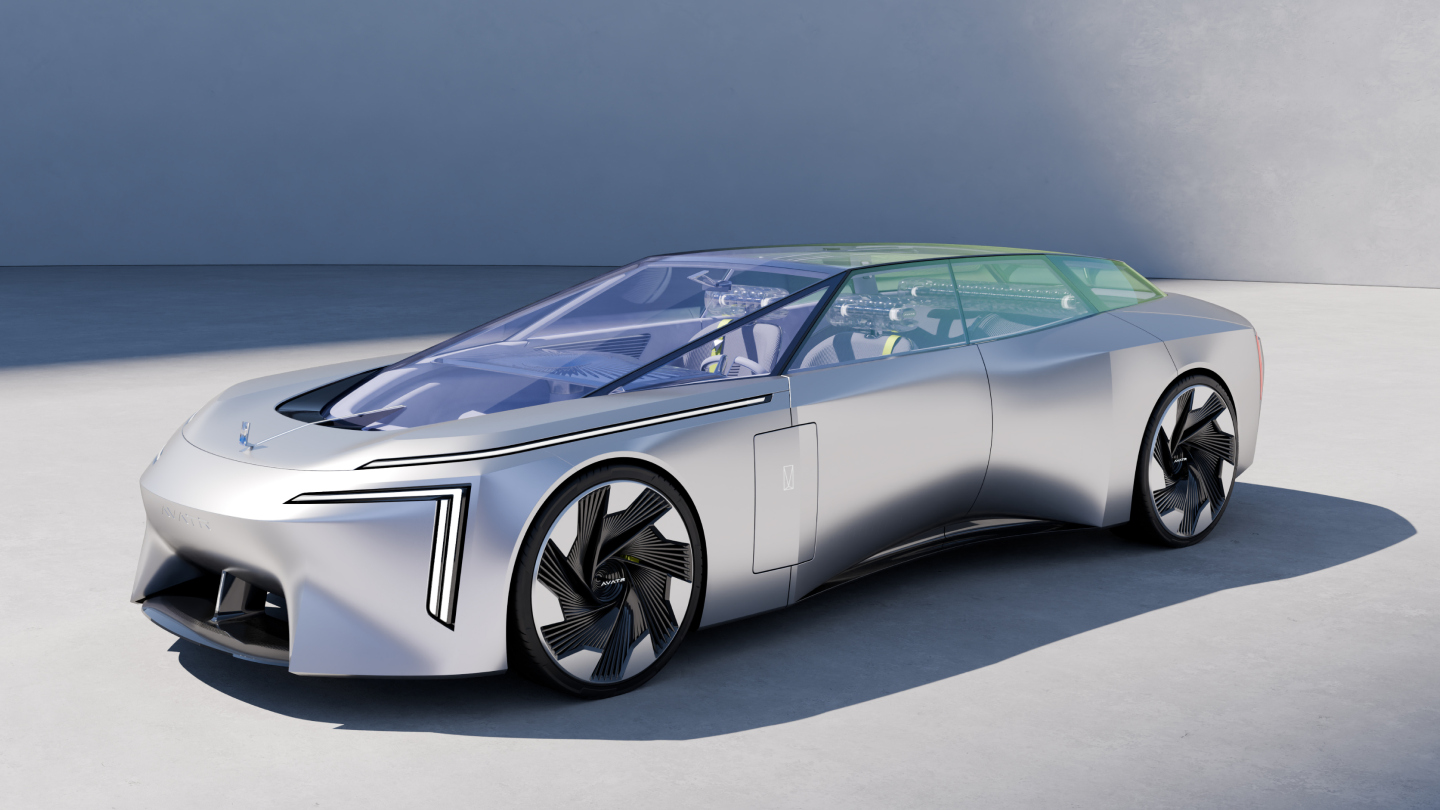 Avatr Vision Xpectra concept transforms cars into ‘emotionally intelligent companions’
Avatr Vision Xpectra concept transforms cars into ‘emotionally intelligent companions’Revealed in Munich, electric car maker Avatr’s futuristic Vision Xpectra is a car that is not only beautiful, but a true form of ‘emotive luxury’
-
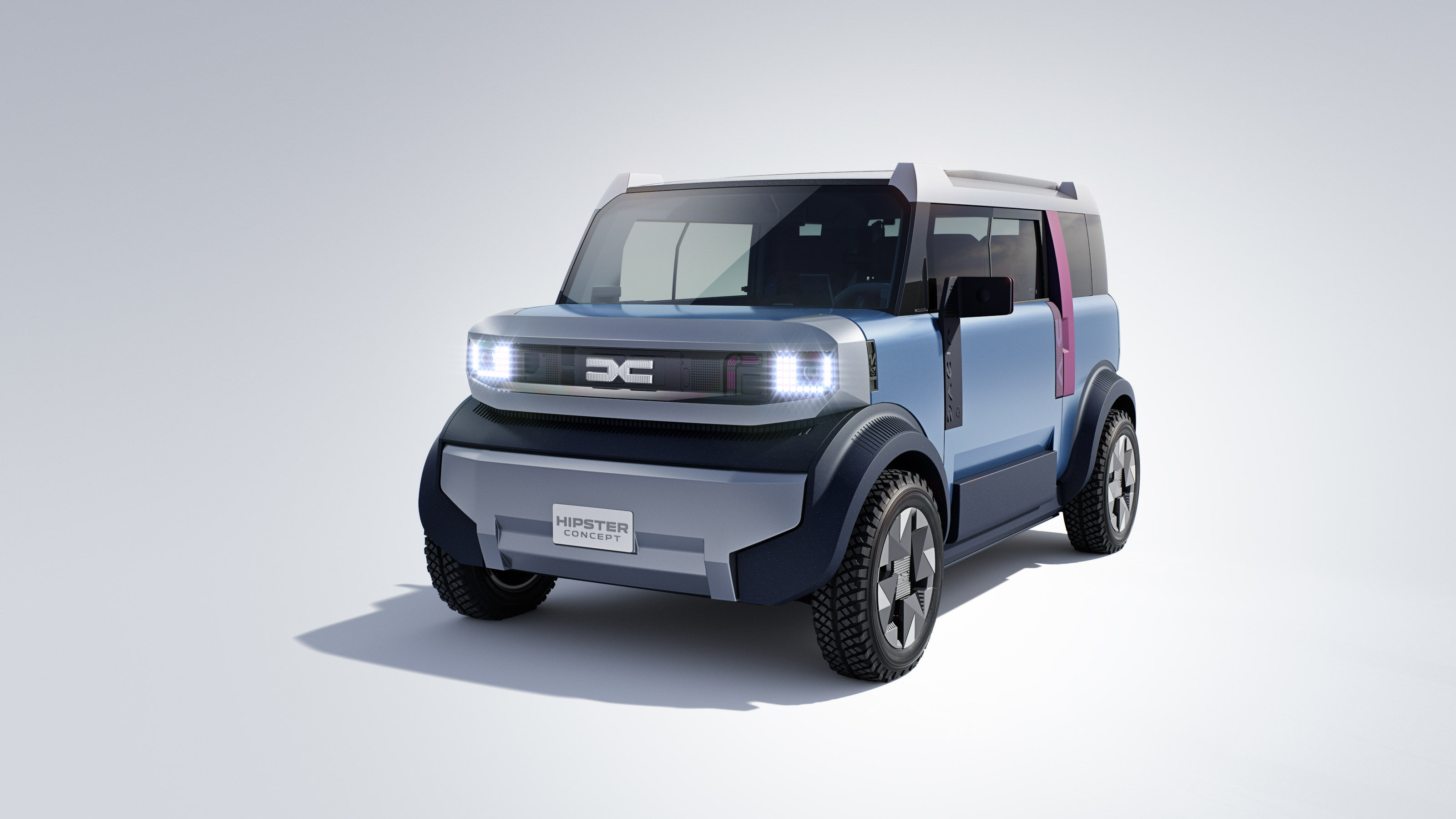 Dacia wants to make small cars great again – all hail the new Hipster Concept
Dacia wants to make small cars great again – all hail the new Hipster ConceptThe best way to minimise energy use in all its forms is to downsize. The Dacia Hipster Concept is a smart way of making a practical car way more pint-sized
-
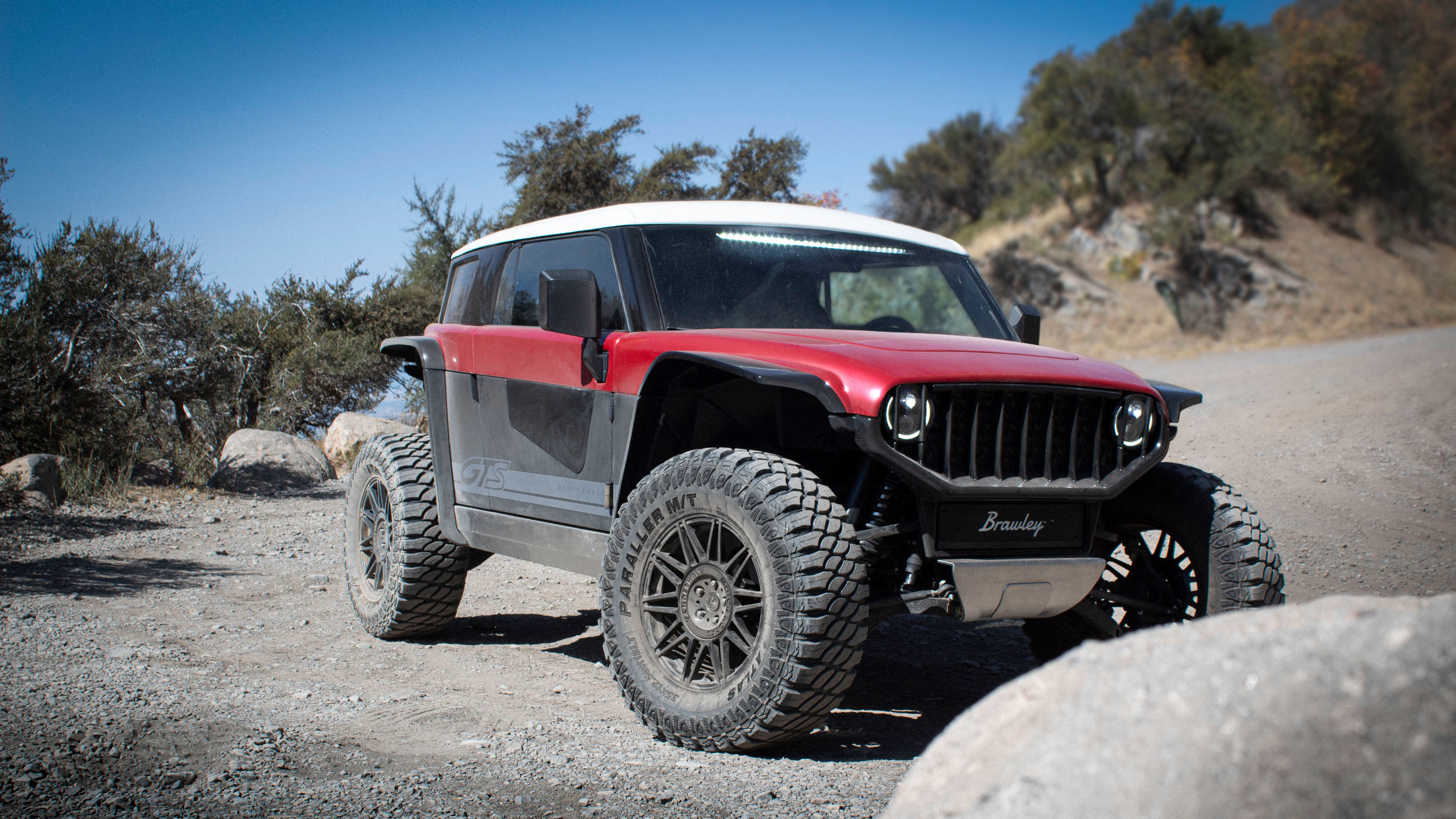 The Vanderhall Brawley GTS is a compact but mighty electric off-roader
The Vanderhall Brawley GTS is a compact but mighty electric off-roaderDeliveries of Vanderhall’s Brawley GTS have started, bringing zero-emission trail driving to enthusiasts across America
-
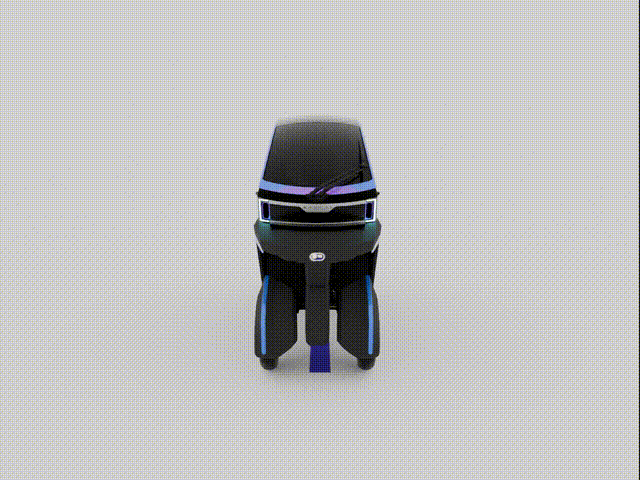 The Aemotion is a tilting two-seater designed to zip through city traffic
The Aemotion is a tilting two-seater designed to zip through city trafficAn electric commuting machine, the Aemotion provides swift, safe and enclosed transport for two
-
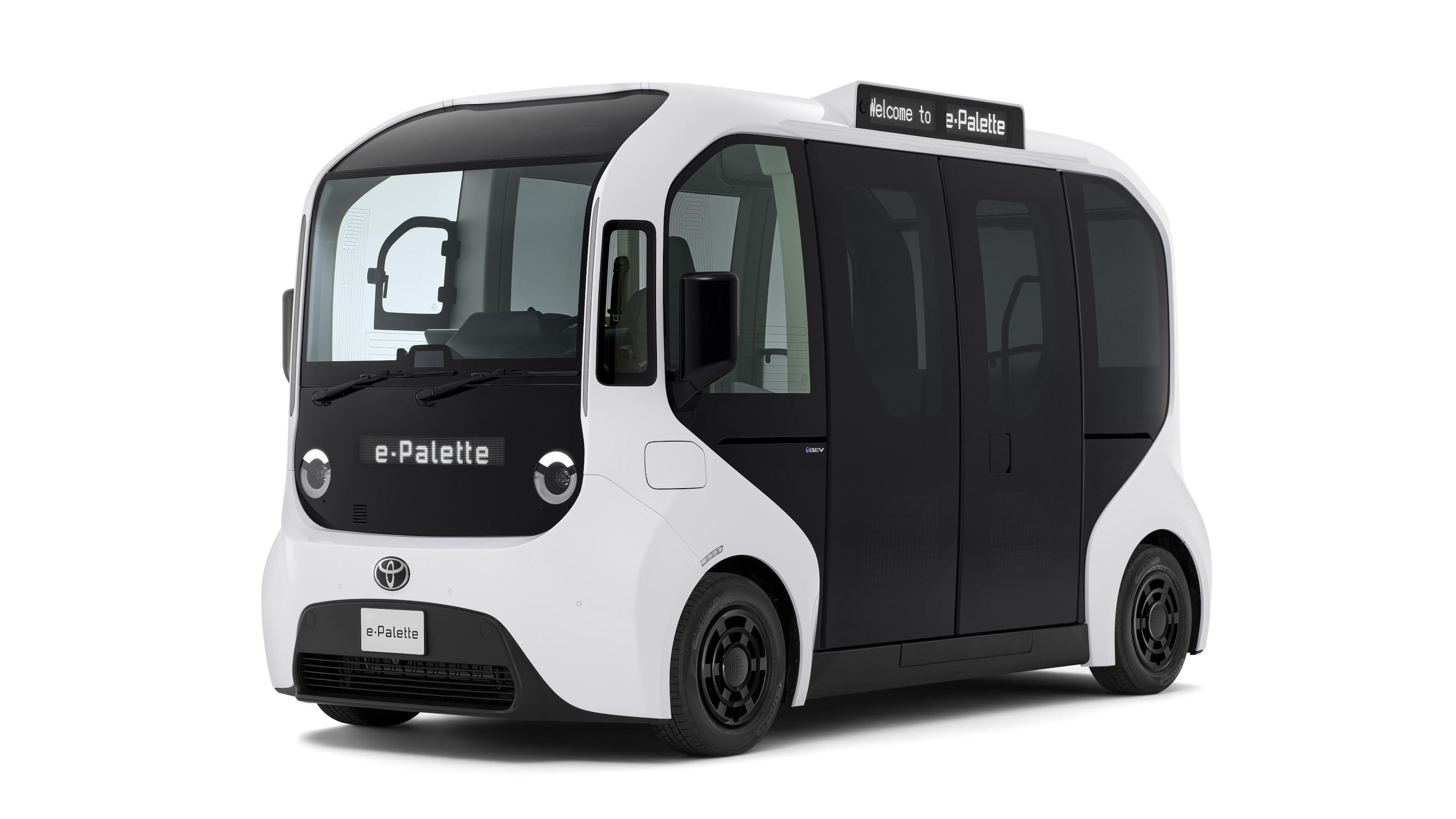 You can now buy Toyota’s robotised micro-bus, with more autonomy coming soon
You can now buy Toyota’s robotised micro-bus, with more autonomy coming soonThe Toyota e-Palette is the urban transport of the future, a multifunctional autonomous vehicle designed to cover several roles in the same day